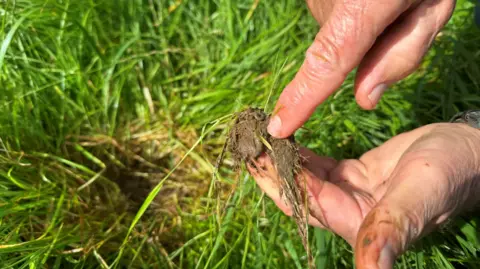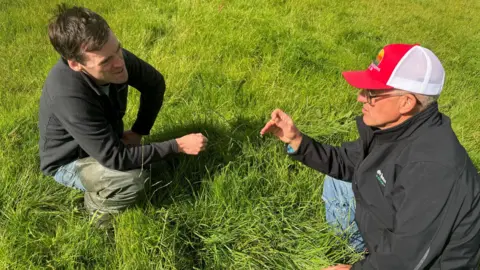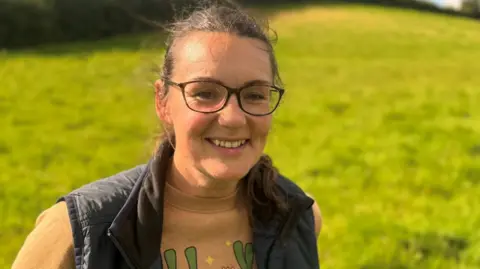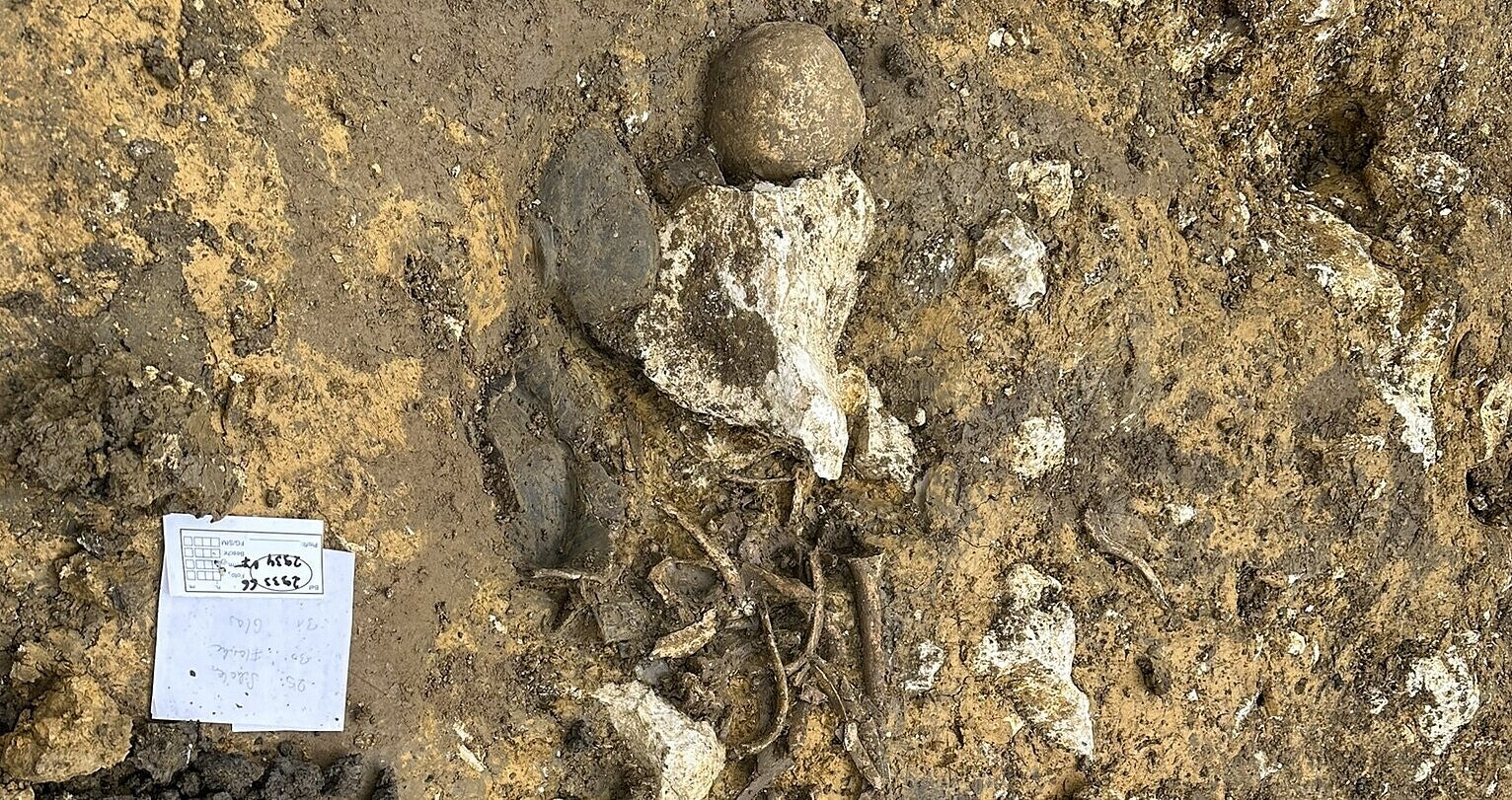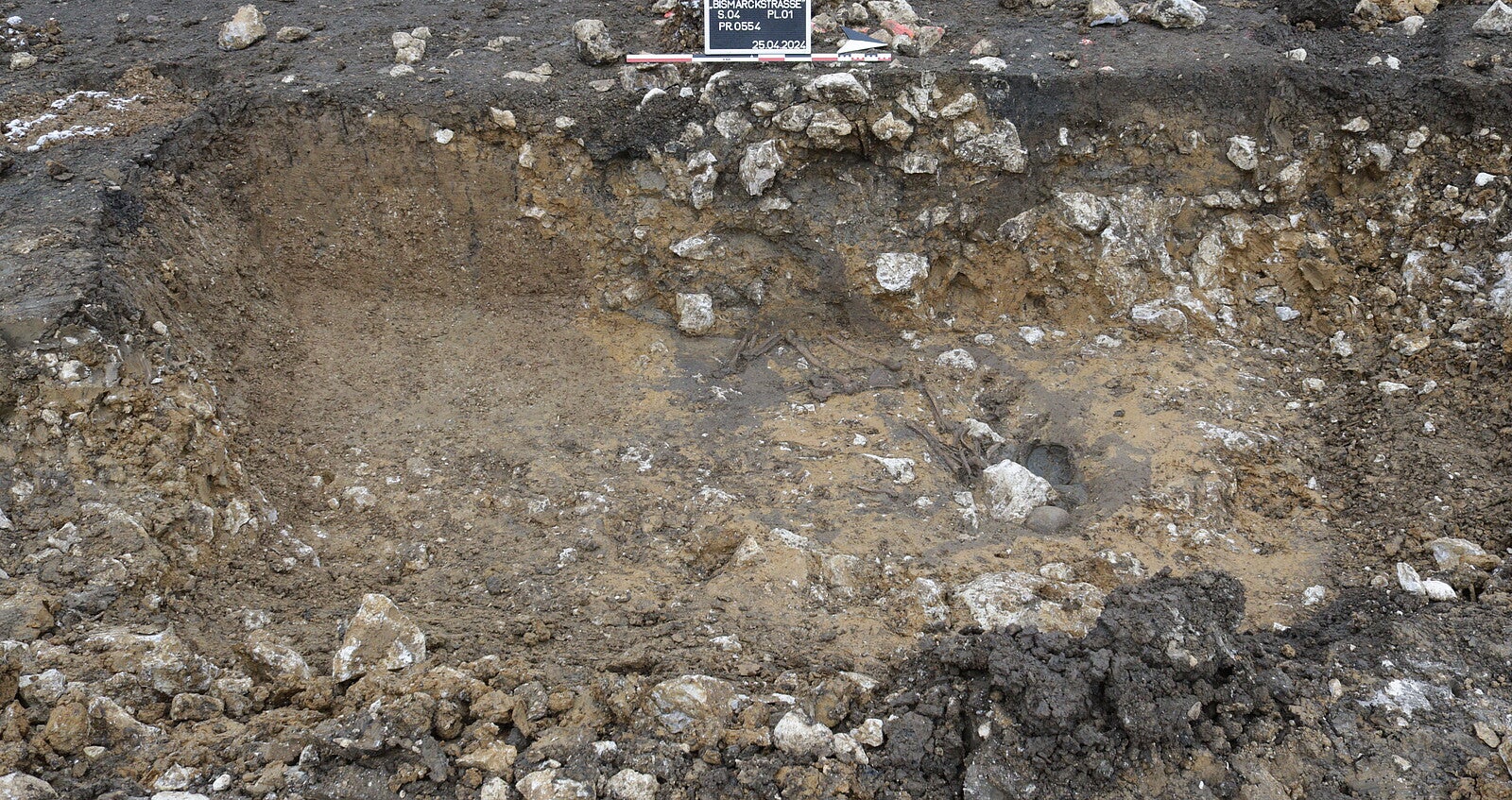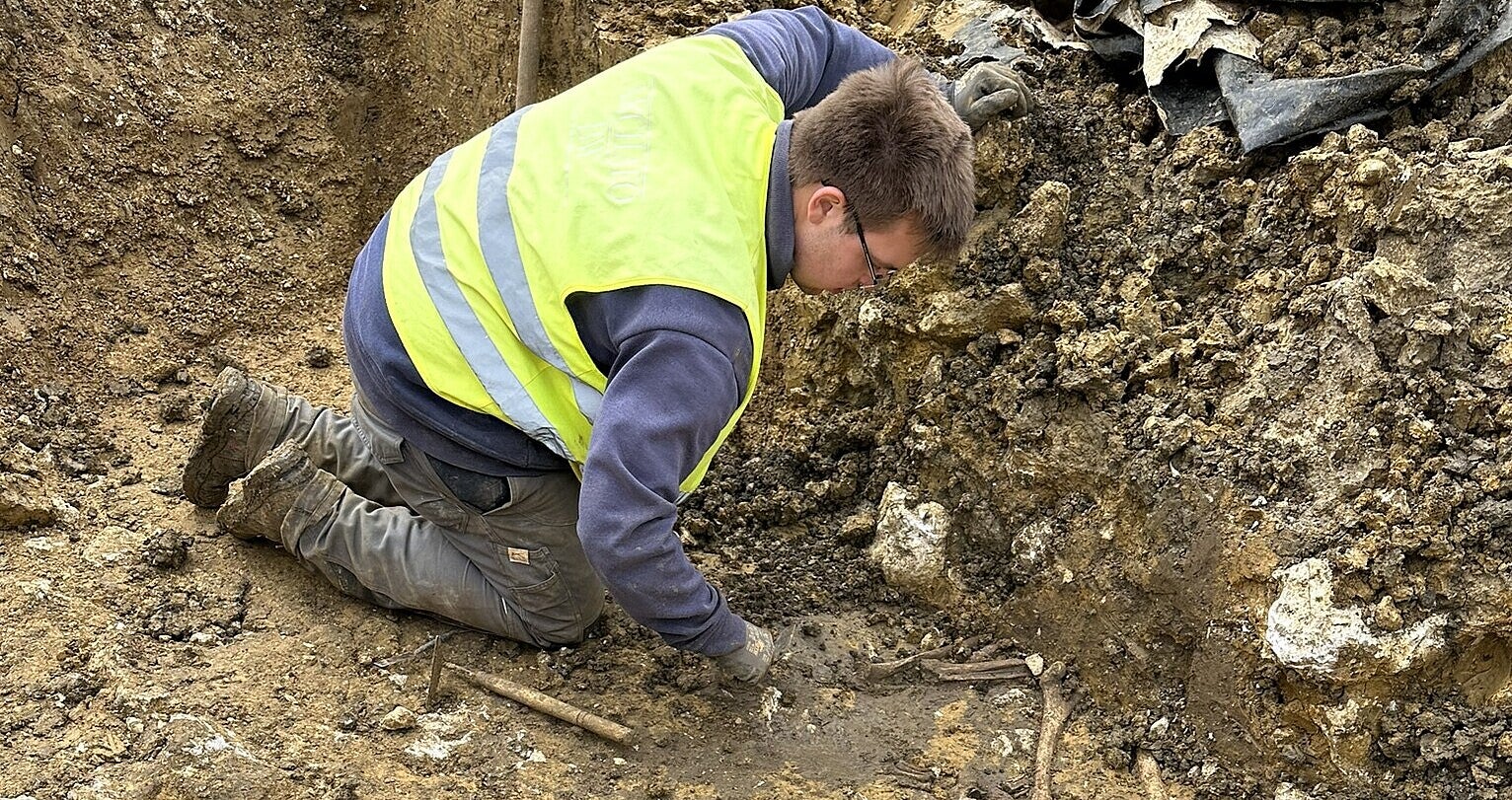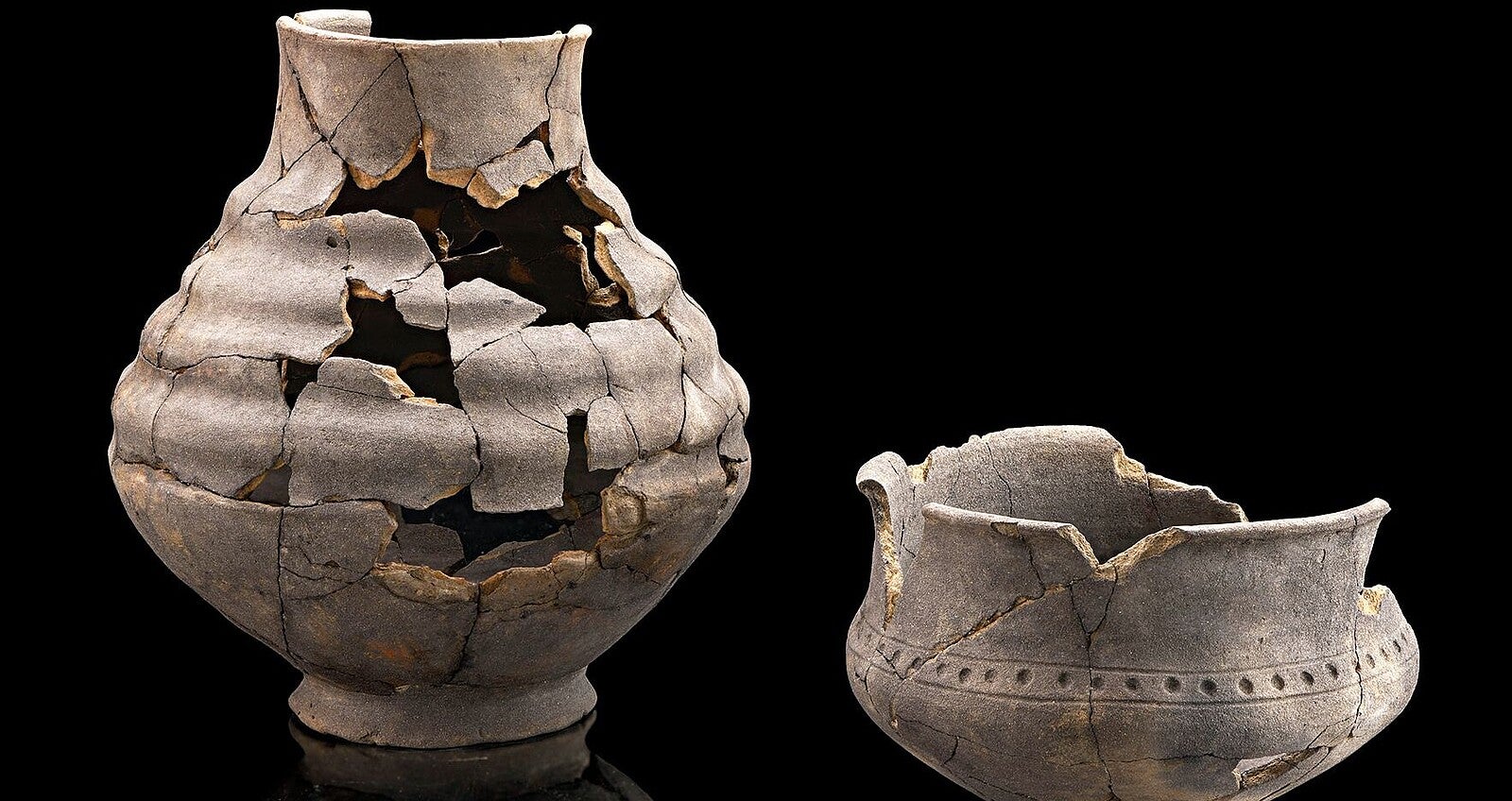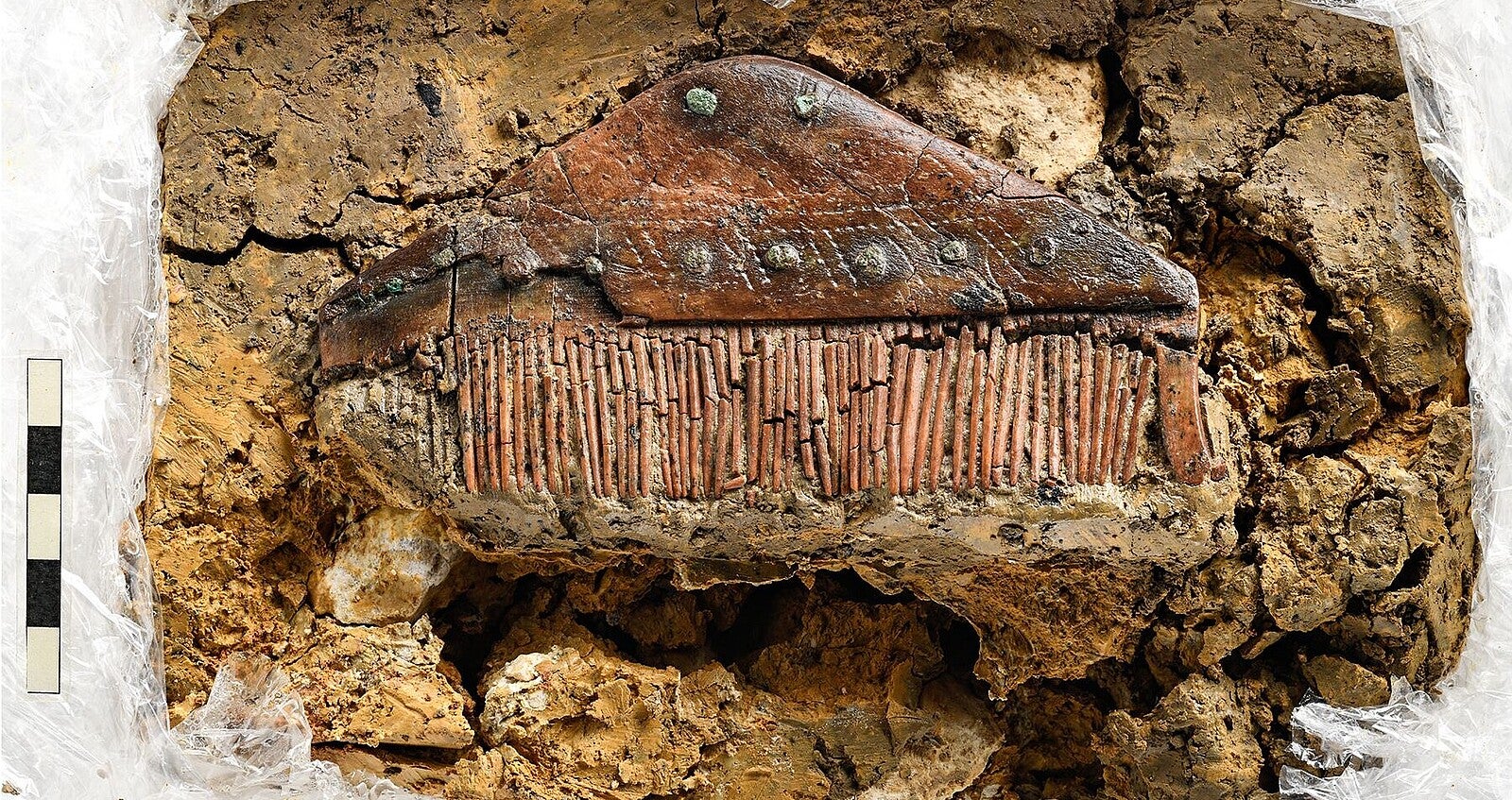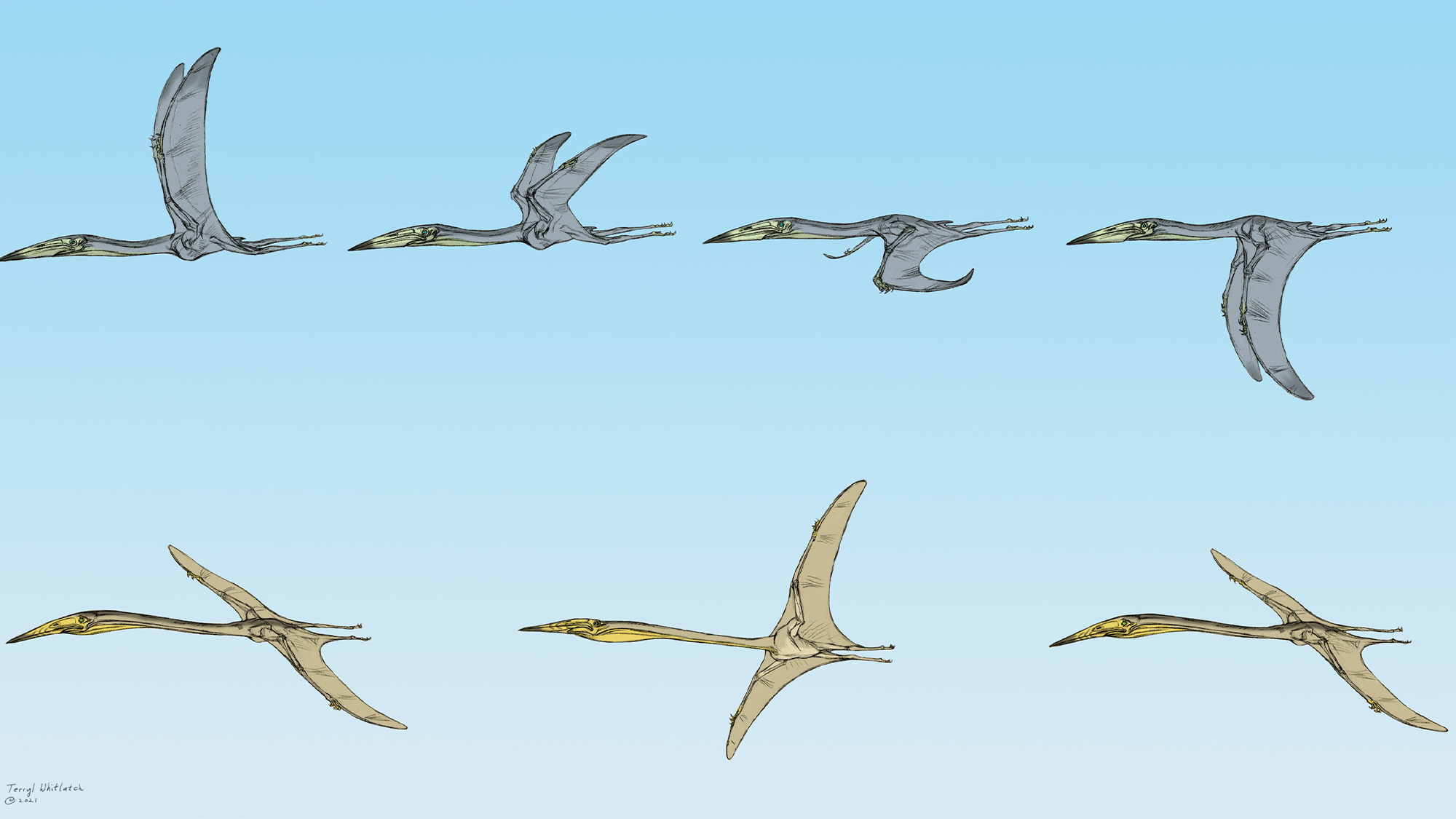WAIT, WHAT?!
Outrage grows in Japan over topless medical exams in schools
The lack of a unified policy has left the decision to individual schools and local authorities, some of which require students to remove their tops, while others allow them to stay clothed. — Picture from X/SilentMangaComm
By Malay Mail
Friday, 06 Sep 2024
TOKYO, Sept 6 — Japanese parents and campaigners are expressing outrage over the requirement for students to strip to the waist during routine school health exams, with many calling for an end to the practice.
The exams, which involve both boys and girls as young as five and up to 18 years old, have sparked widespread discomfort and, in some cases, trauma among students, according to a report published in The Guardian today.
“My chest was completely exposed, and I felt embarrassed,” a 13-year-old girl shared, describing her experience at a middle school health checkup. Another student expressed a similar sentiment, saying, “I didn’t want to do it, but I couldn’t say no.”
The lack of a unified policy has left the decision to individual schools and local authorities, some of which require students to remove their tops, while others allow them to stay clothed.
However, in some regions, students, including those in senior high schools, are still asked to remove their shirts and bras during the examinations.
Parents and teachers are increasingly voicing their concerns.
One poll revealed that 95.5 per cent of middle school students were uncomfortable with removing their clothes for the exams.
“The health exams can have serious repercussions for children,” said Akiyo Tanaka, a city councillor, noting that many students continue to experience trauma into adulthood.
Despite this, officials from the Japan Medical Association (JMA) and education authorities have been reluctant to change the practice.
Doctors, often male, have argued that a topless examination is essential for detecting health conditions such as heart irregularities and skin issues.
However, many disagree.
Kentaro Iwata, a professor of infectious diseases, said there is no strong medical basis for such a practice, stating, “It might slightly improve the sound of the heartbeat, but it does not significantly benefit the children’s health.”
Some regions, such as Kyoto, have begun to allow students to remain partially clothed during exams, with others expected to follow suit.
Parents, like Chiyoko Suda, whose daughter underwent the exam semi-naked, remain frustrated. “It’s awful for these girls to have to remove their clothes in front of strangers,” she said.
While the Japanese education ministry has issued guidelines asking schools to consider students’ privacy, including allowing them to wear PE kits, the implementation remains inconsistent.
Campaigners continue to push for a more comprehensive national policy that respects children’s dignity.




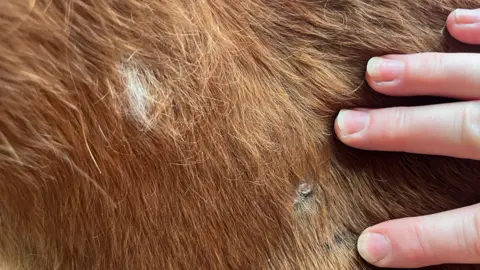
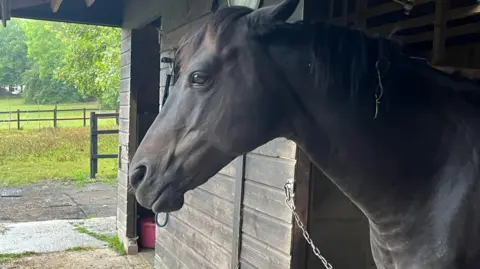


 Ferne Animal Sanctuary
Ferne Animal Sanctuary
